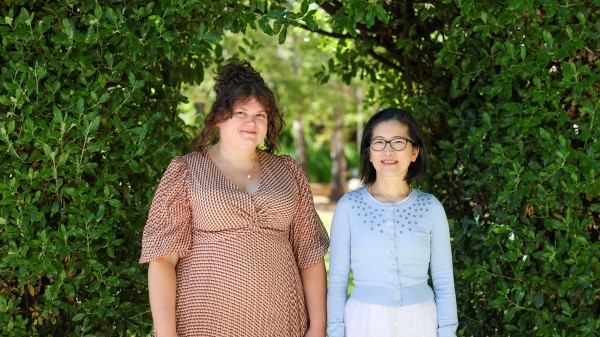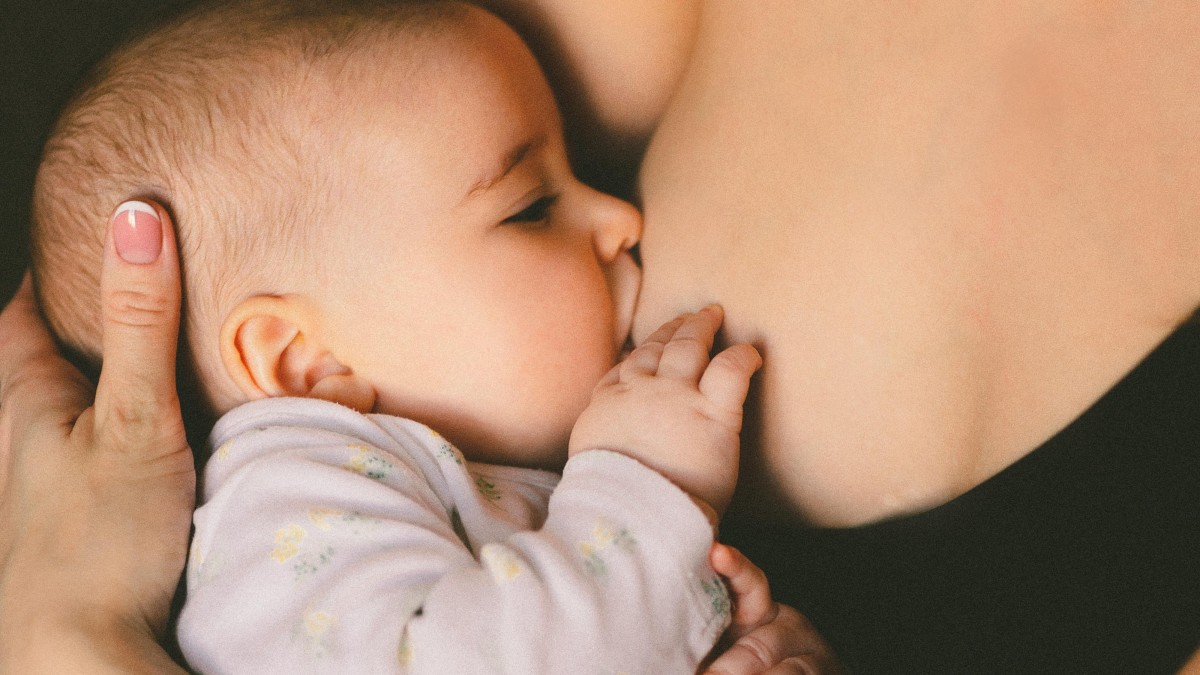I Nyoman Sutarsa, Australian National University; I Md Ady Wirawan, Universitas Udayana, and Putu Ayu Swandewi Astuti, University of Sydney
The article is part of the “Nine months of pandemic in Indonesia” series.
After nine months of constant battles with the COVID-19 pandemic, it seems Indonesia, Southeast Asia’s most populous country, is losing.
Since Indonesia declared its first cases in March, the pandemic has continued unabated.
The number of daily cases keeps breaking records despite the government’s efforts to contain the spread of the virus, from introducing social distancing campaigns to enforcing partial lockdown policies in several cities.
Indonesia broke another record for new daily infections last week with 6,267 cases. It came only five days after setting a record of 5,534 cases.
The number of confirmed cases has reached 534,266 people. These cases are located in more than 95% of districts across Indonesia. Even though the real number of infections might be higher, due to limited testing capacity in Indonesia, it is already the highest in Southeast Asia.
The mortality rate, standing at 3.1%, is also higher than the global rate of 2.4%.
We analyse at least three factors in the government’s poor COVID-19 responses in the past nine months and recommend ways to fix this.
1. Slow response
A rapid response during the early phase of the pandemic has been proven effective in many countries.
The immediate actions of China, Mongolia, New Zealand and Uruguay to restrict international flights, close public facilities, isolate confirmed cases, carry out contact tracing and testing as well as promote face masks and hand-washing practices contained the spread of coronavirus in these countries.
The stories from these countries show how rapid actions can slow the pandemic growth curve before it becomes exponential. This can buy the government critical time to prepare healthcare and public health systems.
Indonesia failed to act fast during this crucial period. When other countries mulled over enforcing lockdowns at the start of the pandemic, the Indonesian government undermined the gravity of the disease. It was busy supposedly saving the economy.
And, while other countries were careful about ending their lockdowns, Indonesia could not wait to open up for economic reasons.
Yet the economy still suffers. Like other economies in the world, the pandemic has wreaked havoc on Indonesia’s economy.
At least 6.4 million people lost their jobs by October 2020. A recent survey involving 5,000 job seekers shows that 35% of Indonesian workers were fired due to the pandemic, while the other 19% were sent home temporarily. The country is in recession. At least 1.64 million people became poor in July due to the COVID-19 pandemic and the number could go up to 8.5 million people by the end of this year.
2. Inefficient strategies for mobilising health resources
The pandemic has increased demands on healthcare and public health systems. Many countries, especially low-and-middle-income nations, are struggling to meet these demands with their limited resources.
Indonesia’s geographic conditions, coupled with the disparity between the eastern and western parts of the nation in access to public facilities, makes it nearly impossible to implement a quick, efficient and effective strategy to allocate health resources.
During the pandemic, reports on the lack of adequate and timely personal protection equipment for health workers in the eastern part of Indonesia have been rampant.
The same is true of testing capacities. While the weekly testing rate has increased to 0.903 per 1,000 population (just below the 1.0 per 1,000 rate recommended by the WHO), the disparities between Java and outside Java are huge. As of November 2020, Jakarta, Banten and Central Java provinces can test 6.9, 1.5 and 1.4 per 1,000 people respectively. However, at least 16 provinces outside Java island are struggling to meet the 1.0 per 1,000 target.
We need to improve tracing and testing capacities at the primary care level as well as clinics and hospitals. We need to prioritise tests for tracing. In the absence of widespread use of digital tracing, a community-based tracing strategy – using volunteers and community members led by local health centres – could improve the coverage of tracing.
3. Lack of community participation
Community systems are central to emergency responses in Indonesia’s collective society.
So far, the government has failed to communicate risks and preventive measures for COVID-19. Instead, it produced inconsistent policies at national and local levels. We can see this in the poor enforcement of large-scale social restrictions.
The government needs to involve communities as they can help develop better strategies for identifying the actual needs of local people and the most vulnerable groups. Vulnerable people, such as poor households or slum residents, need substantial support from the government and must be effectively targeted. These groups are not only more susceptible to getting the virus, but are also more likely to disobey public health measures due to economic reasons.
Communities can play a crucial role by providing a bridge between the government and these groups. They can help promote the government’s COVID-19 campaigns, distribute social assistance and implement monitoring systems to reduce local transmission risks.
Linking public health measures and enhanced participation by communities can help vulnerable groups to protect their own health. We can, for example, assist poor households with their basic needs during isolation through local NGOs’ support programs or the government’s social assistance programs.
The government should adopt a community-based support system to identify the specific needs of vulnerable groups. It can use this system to distribute social assistance and, in the longer term, the system can enhance social cohesion, reduce social fragmentation and improve support networks to mobilise communities for future emergencies.
It is also important to return to the basics by continuing to require all Indonesians to wear masks and wash their hands. The government needs help from communities to ensure all citizens obey these preventive measures.![]()
I Nyoman Sutarsa, Lecturer in Rural Clinical School, ANU Medical School, Australian National University; I Md Ady Wirawan, Head of the Health Research Centre (Puslitkes LPPM), Universitas Udayana, and Putu Ayu Swandewi Astuti, Phd Candidate in Public Health, University of Sydney
This article is republished from The Conversation under a Creative Commons license. Read the original article.










